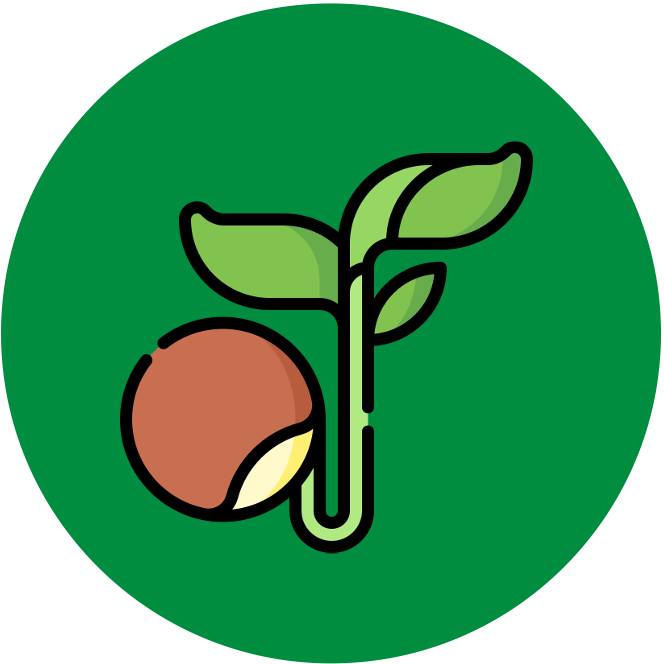

Germination
Plants can reproduce either sexually or asexually (vegetative propagation) – with many plants relying on a combination of both methods to produce offspring
-
In flowering plants (angiosperms), sexual reproduction involves the use of specialised organs called flowers
-
The reproductive cycle of flowering plants involves three stages – gamete production, transfer and fertilisation
1. Gamete Production
The production of gametes in flowering plants involves two critical phases – sporogenesis and gametogenesis
-
Sporogenesis is the process of producing haploid spores via meiosis – males produce microspores, while females produce megaspores
-
Gametogenesis involves the differentiate of the undeveloped spores into mature gametes – either sperm (males) or ova (females)
2. Pollination
The transfer of the male gamete (stored in pollen) to the female reproductive centre (ovule) is called pollination
-
To support the survival of the gamete during pollen transfer, pollen grains typically enter a metabolically inactive state upon dispersal
-
Exposure to environmental conditions (heat, drought, cold, humidity) causes the pollen grains to lose water and enter a state of partial desiccation
-
Changing climactic conditions may impact this development, threatening overall pollen production and viability
3. Fertilisation
Once a pollen grain has been transferred to the ovule, the sperm and egg will fuse (fertilisation) to produce a diploid zygote
-
The growing embryo continues to develop within a seed casing, before eventually sprouting to produce a new plant (germination)
-
Germination may not occur spontaneously – some seeds will remain dormant until exposed to certain external triggers
Sexual Reproduction In Plants






